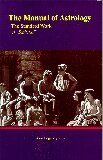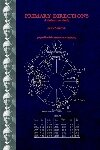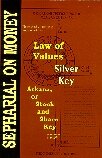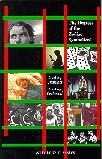
|
The Astrology Center of America, 207 Victory Lane, Bel Air, MD 21014 Tel: 410-638-7761; Toll-free (orders only): 800-475-2272 |
|||||||
|---|---|---|---|---|---|---|---|
| Home | Author Index | Title Index | Subject Index | Vedic Books | Tarot | E-Mail: | |
 |
Welcome back, Mr. Sepharial! |
|---|
 |
We were slow to pick up on Sepharial (Walter Gorn Old, though he almost never used his birth name), 1864 - 1929. As C.E.O. Carter says, he is brilliant at almost everything he touches. Sepharial's writing on numerology remains unsurpassed.
Sepharial was more than a mere astrologer. Reading his work it is obvious to me that he had the gift of omniscience, which is the customary result of past life training in Jnana yoga. Omniscience on a human level means that when one studies a subject closely, one is able to understand new things about it, not merely parrot old facts in new dress. |
 Indicates a book on our Top Ten list. If you would like to find more books like it, click on the star.
Indicates a book on our Top Ten list. If you would like to find more books like it, click on the star.

|
||
 |
||

|
||
 |
||
 |
||
 |
||

207 Victory Lane, Bel Air, MD 21014
Tel: 410-638-7761; Toll-free (orders only): 800-475-2272
| Home | Author Index | Title Index | Subject Index | Vedic Books | Tarot | E-Mail: |
Established 1993, The Astrology Center of America is owned & operated by David Roell.
This entire site (AstroAmerica.com) is copyright 1996, 1997, 1998, 1999, 2000 by William R. Roell.
All rights reserved.